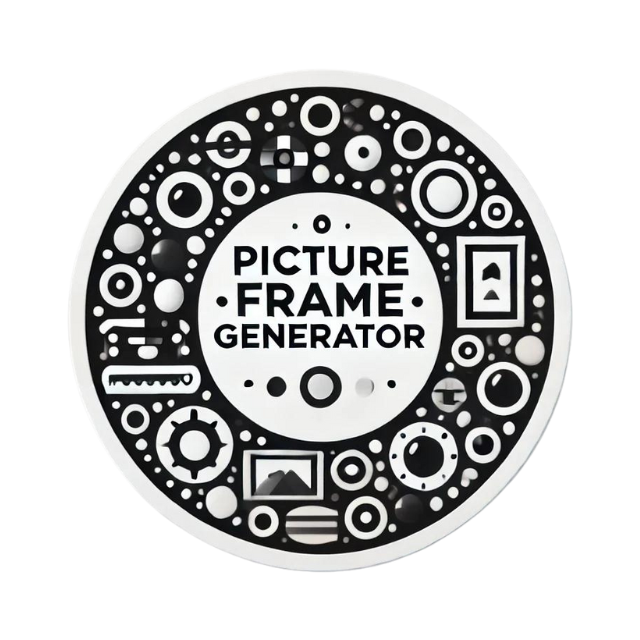Advanced Techniques in Drawing - From Silverpoint to Modern Materials
Explore the world of advanced drawing techniques, from the precision of silverpoint to the innovation of modern materials, and discover how these tools can elevate your artistic journey and expression.

Advanced Techniques in Drawing: From Silverpoint to Modern Materials
In the intricate world of drawing, an artist's choice of materials can profoundly shape their creative journey. While traditional tools like pencils and charcoal are widely cherished, delving into advanced drawing techniques reveals a rich tapestry woven from both age-old practices like silverpoint and contemporary innovations brought to life through technological advancements. Whether you're a seasoned artist or an enthusiastic novice, expanding your palette to include these materials will not only elevate your craft but also invigorate your creative expression.
Drawing Techniques that Define Excellence
Drawing, in its essence, is about mark-making, but the diversity of marks you can create is boundless. At an advanced level, understanding and applying these techniques can lead to compositions that transcend typical artistry and evoke deeper emotional connections. Mastery of advanced techniques begins with grasping the fundamental approaches and then layering complexity in execution.
Consider the chiaroscuro technique, which plays with light and shadow to dramatic effect. While inherently advanced, the technique can be enhanced with modern materials such as specialized reflective papers. Similarly, hatching and cross-hatching, time-honored for their ability to convey texture and depth, can be revitalized with precision drawing tools that allow for minute variances in line thickness, thereby adding to the illusion of depth without sacrificing clarity.
Understanding these basics sets the foundation from which artists can explore the specialized techniques connected to the materials they choose — and silverpoint is a prime example.
Rediscovering Silverpoint: Precision and Permanence
Silverpoint holds a revered place in the annals of art history, prized during the Renaissance for its precise and enduring qualities. This technique, which involves drawing with a silver rod on a specially prepared surface, offers unparalleled detail and delicacy. While inks and charcoals could blur over time, silverpoint's lines endure with a subtlety that mellows into a warm patina as the years pass.
For artists today, silverpoint offers a unique challenge and reward. Preparing the surface, typically a paper coated with a mixture of gesso and bone ash, is an integral part of the process. The unforgiving nature of the medium — given that once a mark is made it cannot be easily erased — demands a level of foresight and planning befitting advanced artistry. This, however, also cultivates a skill in precision unparalleled by more forgiving media.
Painting over a silverpoint drawing with translucent colored washes can also result in stunning works that combine the best of both worlds: the clear, fine lines of silverpoint with the luminous quality of color washes.
Modern Materials: Innovations in Drawing
As the art world continues to evolve, so too do the materials available to artists. Modern technology has expanded the horizons of what's possible in drawing, introducing novel surfaces, and tools that were once the realm of imagination.
One such innovation is the advent of digital drawing tablets, which emulate traditional drawing tools with great fidelity. These devices not only provide the flexibility of an endless color palette but also allow for layering effects that can be manipulated in post-production, something not possible in traditional media. With pressure-sensitive styluses, artists can mimic pencil, charcoal, and even the delicate strokes of silverpoint.

Meanwhile, synthetic papers designed for durability and a wide range of media compatibility offer artists new potential for creativity. These materials resist warping from moisture and can handle diverse applications from ink washes to heavy pencil shading, all while offering enhanced erosion resistance — a definite boon for artists deviating from traditional archival methods.
The Innovative Intersection of Tradition and Modernity
Many contemporary artists find themselves at the fascinating crossroads of tradition and modernity. This intersection opens up compelling possibilities for combining the precision of age-old techniques with the expressive potential of modern materials. The key to mastery in advanced drawing techniques lies in experimenting and understanding how traditional and modern approaches complement one another.
Perhaps an artist might begin a work with the fine draftsmanship of silverpoint and then transition into a colored wash using digital media, producing an artwork that is both rooted in the past and very much of the present. Such hybrid works — blending the disciplined precision of silverpoint with the vibrant potential of digital painting — offer a new frontier for artistic exploration.
Conclusion: Personal Expression Through Material Mastery
In advancing your skills as an artist, the medium truly becomes a part of the message. Through a nuanced understanding of both traditional and modern drawing techniques and materials, artists can both replicate the beautifully intricate works of the masters and chart new territories in visual expression.
Whether your current focus is on the precise and historical allure of silverpoint or venturing into the boundless realms offered by modern materials, embracing the full spectrum of available tools will enhance your artistic vocabulary and invigorate your creative practice. The world of advanced drawing is a rich and evolving conversation, one that calls you to not only listen and learn but to contribute your unique voice.
